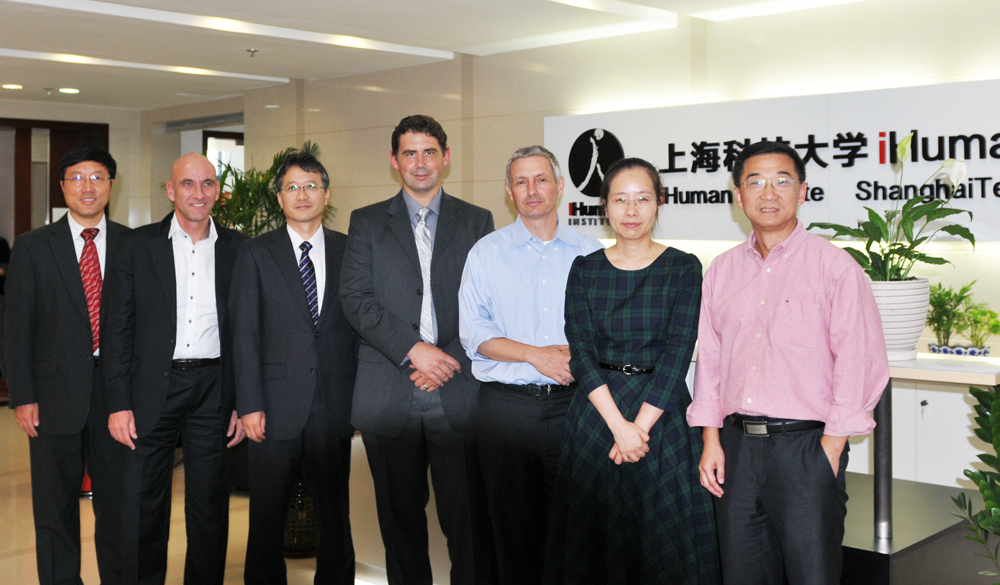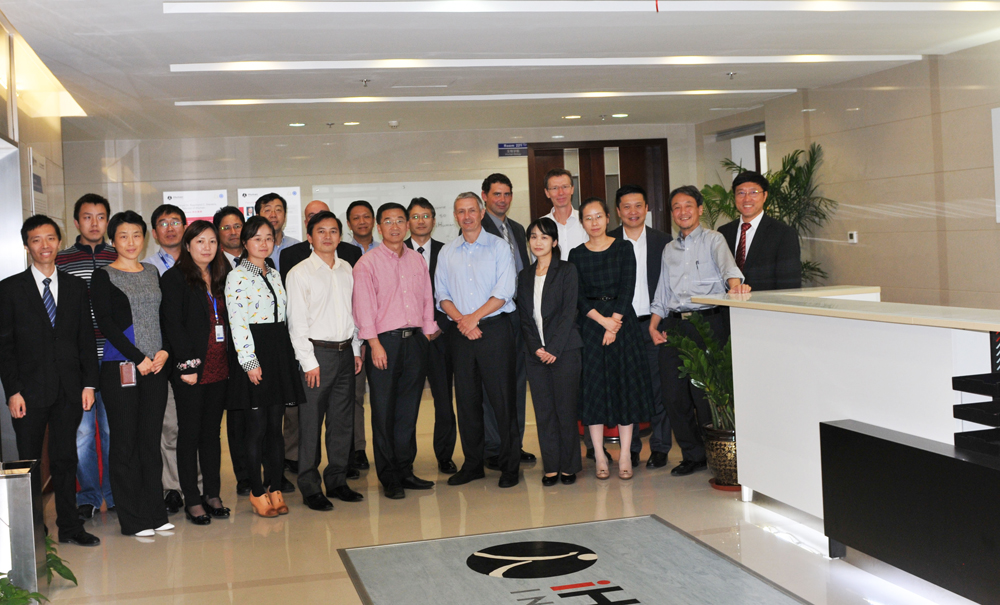Los Angeles and Shanghai, October 28th, 2014 — The GPCR Consortium is a non-profit initiative to bring together major pharmaceutical companies and leading research institutes from three continents to advance GPCR research for drug development. The Consortium was initiated by Professor Raymond Stevens, Founding Director of iHuman Institute of ShanghaiTech University and Provost Professor of Biology and Chemistry at University of Southern California.
The goal of the GPCR Consortium is to generate high-resolution pictures of hundreds of medically important proteins known as G-protein coupled receptors (GPCRs). The human body is controlled by 826 GPCRs, which are involved in a wide variety of human physiology and are implicated in many diseases. As a drug target, GPCRs are highly valuable but mechanistically poorly understood and with limited structural information that could greatly aid in finding new drug candidates.
Dr. Michael Hanson, a leader in GPCR structural biology, will be coordinating the GPCR Consortium. All research outputs such as three-dimensional structures of GPCRs and constructs will be compiled and placed in the public domain. The consortium is data-centric, with the primary objective being dissemination of protein structural coordinates, reagents and supporting data to both the consortium members and the broader scientific community.
“Industry and academic consortia such as the not-for-profit Structural Genomics Consortium are becoming a more common model to support scientific research on the international scale, including the open exchange of data and reagents, including compounds,” says Prof. Raymond Stevens. “By working together, we can maximize the impact of our research on human health and disease while providing a means to support early stage basic research and bring together academic and industry scientists in a productive working relationship.”
“ShanghaiTech University is a new international university at the cutting edge of science. We are very pleased to be working at the boundary of industry and academia in the basic science area of G-protein coupled receptors as part of this consortium. The extra benefit of this collaboration is the education of next generation scientific entrepreneurs who will go on to create new medicines.” said Prof. Yin Jie, Vice President and Provost of ShanghaiTech.
“The newly established iHuman Institute focuses its research on human cell signaling and drug discovery. By accessing compounds from industry and making the data that emerges from this effort public, we expect tremendous impact on science that will ultimately help mankind.” Said Prof. Zhijie Liu, Deputy Director of iHuman Institute.
Amgen (United States), Sanofi (Europe) and ONO (Japan) are the founding industry members of the GPCR Consortium. Research is currently planned to be conducted at (but not limited to) three leading institutions: iHuman Institute of ShanghaiTech University, Shanghai Institute of Materia Medica, a member institute of Chinese Academy of Sciences, and the University of Southern California in Los Angeles. The GPCR Consortium hopes to attract up to five additional industry members to achieve the initiative’s goal of determining structures of 200 of the 826 known human GPCRs, prioritized in disease areas that initially include diabetes, cancer, and mental disorders.
For more information about the GPCR Consortium and to read the full press release, please visit www.GPCRconsortium.org.



